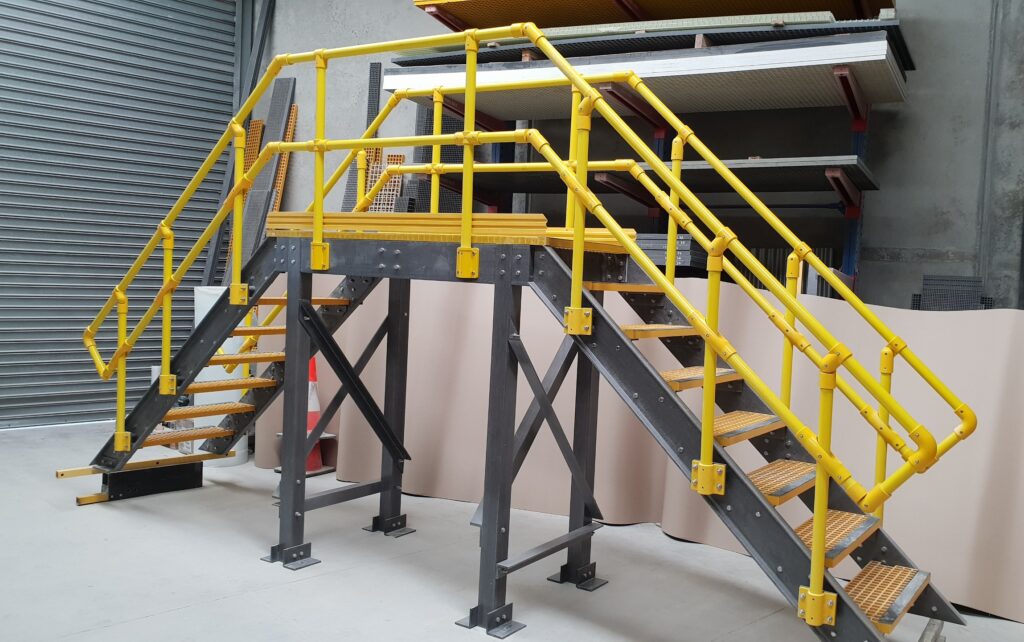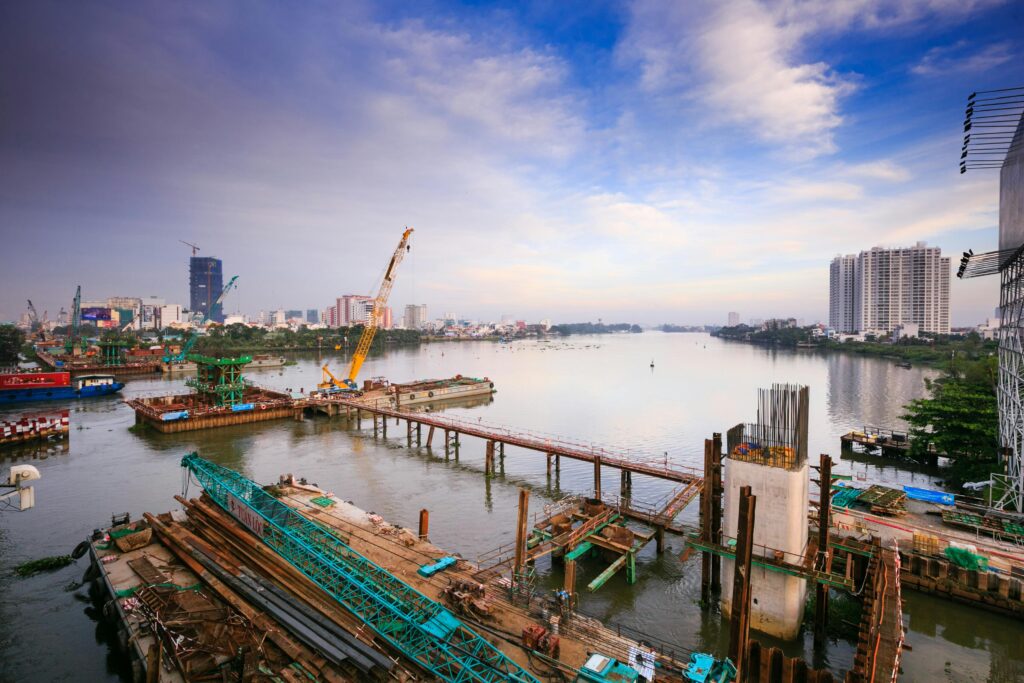
HISTORY OF FRP

:
:
1960-1970
CTP (GRP, FRP) composite materials were developed in the early 20th century and found their first applications in the maritime industry. By the 1960s, these materials quickly became popular due to their superior properties such as chemical resistance, high strength, and lightness. By the 1970s, FRP materials found wide use in wind turbines and the automotive sector. Particularly in the wind energy sector, the lightness and durability of the materials increased the efficiency of the turbines.
:
:

:
1990-2000
The 1990s marked a period where FRP materials stood out as an environmentally friendly option due to their recyclable properties. During this time, many industries contributed to sustainability goals by using FRP materials. In the 2000s, their use became widespread in the aviation industry, providing fuel efficiency and saving airlines millions of dollars. Thanks to their lightweight structure and high strength, the performance and safety of aircraft increased.
:

:
2010-2024
In the 2010s, the use of FRP materials saw a significant increase in the space industry. These materials were used in the production of spacecraft, making the vehicles lighter and more durable, thereby enhancing the safety and efficiency of space travel. FRP materials will continue to develop rapidly in the future and remain a crucial material for the formation of environmentally friendly, efficient, and safe industries. Offering flexibility, durability, and sustainability in various industrial applications, these materials will continue to be an indispensable part of modern technology and engineering.
:
2024-
Advantages of CTP (GRP, FRP) Compared to Other Materials in the Industry
| Advantages | Explanation |
|---|---|
| Lightness | FRP materials are significantly lighter compared to traditional construction materials. This characteristic simplifies transportation, installation, and placement processes. |
| High Durability | FRP materials are highly durable and offer superior strength compared to traditional building materials. |
| Endurance | FRP materials are resistant to UV rays, moisture, and chemicals. This feature ensures the material’s longevity. |
| Ease of Processing | FRP materials are easy to cut, shape, and drill. |
| Fire Resistance | FRP materials can withstand high temperatures and are non-flammable, making them ideal for use in places at risk of fire. |
| High Corrosion Resistance | FRP materials do not rust or corrode even in damp and wet environments. |
| Electrical Insulation | FRP materials provide a safe electrical solution due to their high insulation properties. |
| Aesthetic Appearance | FRP materials can be produced in different colors and textures, providing an aesthetic appearance. |
| Recyclability | FRP materials have a recyclable structure, making them environmentally friendly. |
| Sound Insulation | FRP materials exhibit high performance in sound insulation |
| Heat Insulation | FRP materials provide high thermal insulation. |
| Chemical Resistance | FRP materials are resistant to various chemicals. |
| Low Maintenance and Repair Costs | FRP materials are economical in terms of maintenance and repair costs. |
